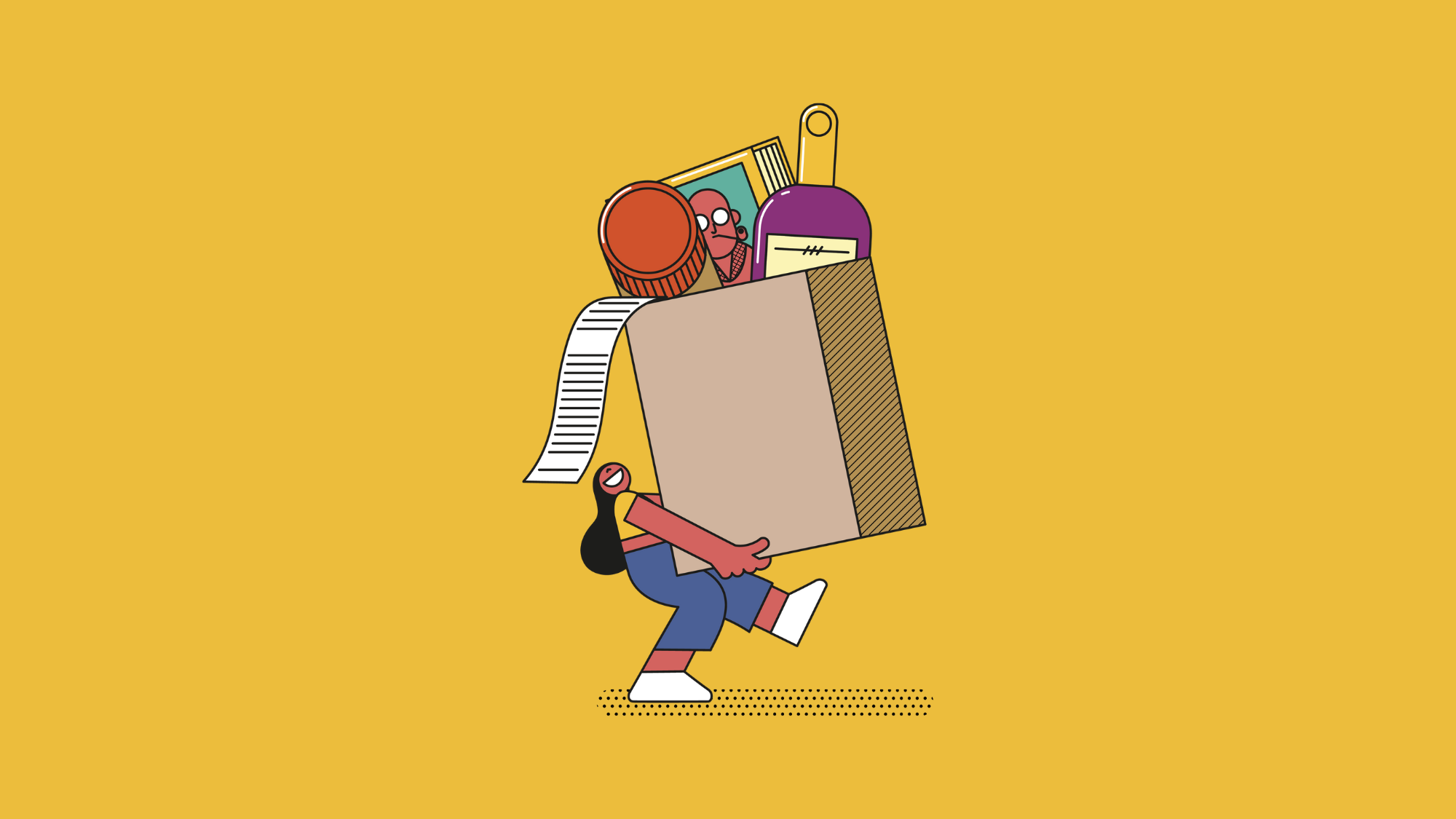The Edge: Measuring the Happiness of Consumer Purchases
Can material objects make us happy? Or will we make ourselves happier by spending money on experiences? To find the answer, says Rebecca Hamilton, Psaros Chair and professor of marketing, consumers should consider both the material and experiential qualities of purchases.
You recently co-authored a paper that challenges the way we think about measuring our happiness. Tell us about the way it has been measured in the past.
For almost 20 years, research has suggested that there is an “experiential advantage,” meaning that when we, as consumers, spend money on experiences, those experiences tend to make us happier than if we spend the same amount of money on material goods. Notably, past research has conceptualized experiences and material goods as two ends of a continuum, meaning a purchase could not be both.
But you argue that a purchase can actually be both experiential and material.
We’re suggesting purchases can have both material and experiential qualities or have neither. This allows for more combinations: high experiential/high material; high experiential/low material; low experiential/high material; or low on both. A piece of gold might be low experiential/high material. A trip to an amusement park would be the very opposite. But many purchases have both material and experiential qualities, like a television, swimming pool, a musical instrument, or a car. Thus, we have to measure both material and experiential qualities to know what will make us happiest.
What makes this research relevant right now?
During the pandemic, consumers were unable to do many experiential activities. So people spent much more of their money on material things. The existing literature said this should make people less happy—but that wasn’t necessarily the case. People spent more of their money on home furnishings, remodeling projects, and cookware, and then they spent time enjoying these things. Measuring both the experiential and the material qualities of these purchases helps us understand why some material purchases bring more happiness than others. Material things that you use and enjoy can have experiential qualities.
What advice would you give to consumers who are chasing happiness?
Research suggests that if you have to pick either material or experiential, experiential purchases seem to give you a boost of happiness relative to material purchases. When buying material goods, consider how you’ll use them and engage with them. Making purchases for other people tends to make us happy, and this may be especially true for experiential purchases.
This story was originally featured in the Georgetown Business Fall 2022 Magazine.
